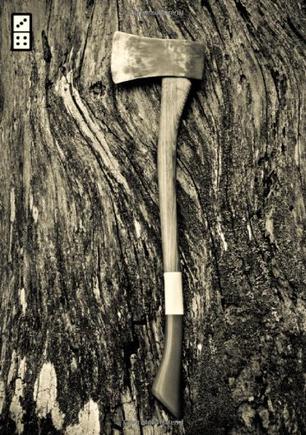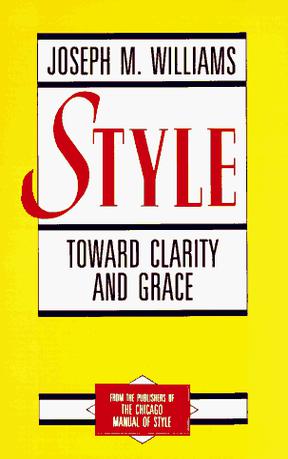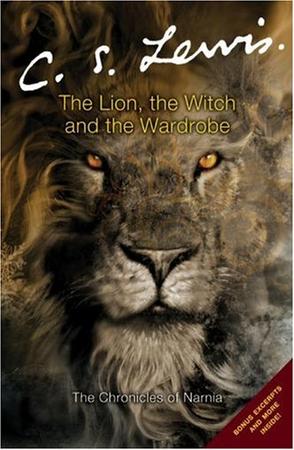-

Self-Reliance
Book Description: Redefining the classic essay, this modern edition of Ralph Waldo Emerson’s most famous work, Self-Reliance , includes self-reflections from both historical and contemporary luminaries. With quotes from the likes of Henry Ford and Helen Keller to modern-day thought leaders like Jesse Dylan, Steve Pressfield, and Milton Glaser, we're reminded of the relevance of Emerson’s powerful words today. Emerson’s words are timeless. Persuasive and convincing, he challenges readers to define their own sense of accomplishment and asks them to measure themselves against their own standards, not those of society. This famous orator has utter faith in individualism and doesn’t invoke beyond what is humanly possible, he just believes deeply that each of us is capable of greatness. He asks us to define that greatness for ourselves and to be true to ourselves. At times harsh, at times comforting, Emerson’s words guide the reader to challenge their own beliefs and sense of self. This modern edition of Self-Reliance is ideal for graduates or those who are in the midst of a career or lifestyle change. Emerson's sage guidance wrapped in modern-day reflections is a great reminder about the potential within us all and that life is what you make of it. -

The Road
A searing, postapocalyptic novel destined to become Cormac McCarthy’s masterpiece. A father and his son walk alone through burned America. Nothing moves in the ravaged landscape save the ash on the wind. It is cold enough to crack stones, and when the snow falls it is gray. They sky is dark. Their destination is the coast, although they don’t know what, if anything, awaits them there. They have nothing; just a pistol to defend themselves against the lawless bands that stalk the road, the clothes they are wearting, a cart of scavenged food—and each other. The Road is the profoundly moving story of a journey. It boldly imagines a future in which no hope remains, but in which the father and his son, “each the other’s world entire,” are sustained by love. Awesome in the totality of its vision, it is an unflinching meditation on the worst and the best that we are capable of: ultimate destructiveness, desperate tenacity, and the tenderness that keeps two people alive in the face of total devastation. -

Nightwood
The fiery and enigmatic masterpiece--one of the greatest novels of the Modernist era. "Nightwood," Djuna Barnes' strange and sinuous tour de force, "belongs to that small class of books that somehow reflect a time or an epoch" ("TLS"). That time is the period between the two World Wars, and Barnes' novel unfolds in the decadent shadows of Europe's great cities, Paris, Berlin, and Vienna--a world in which the boundaries of class, religion, and sexuality are bold but surprisingly porous. The outsized characters who inhabit this world are some of the most memorable in all of fiction--there is Guido Volkbein, the Wandering Jew and son of a self-proclaimed baron; Robin Vote, the American expatriate who marries him and then engages in a series of affairs, first with Nora Flood and then with Jenny Petherbridge, driving all of her lovers to distraction with her passion for wandering alone in the night; and there is Dr. Matthew-Mighty-Grain-of-Salt-Dante-O'Connor, a transvestite and ostensible gynecologist, whose digressive speeches brim with fury, keen insights, and surprising allusions. Barnes' depiction of these characters and their relationships (Nora says, "A man is another person--a woman is yourself, caught as you turn in panic; on her mouth you kiss your own") has made the novel a landmark of feminist and lesbian literature. Most striking of all is Barnes' unparalleled stylistic innovation, which led T. S. Eliot to proclaim the book "so good a novel that only sensibilities trained on poetry can wholly appreciate it." Now with a new preface by Jeanette Winterson, "Nightwood" still crackles with the same electric charge it had on its first publication in 1936. -

Style
This acclaimed book is a master teacher's tested program for turning clumsy prose into clear, powerful, and effective writing. A logical, expert, easy-to-use plan for achieving excellence in expression, "Style" offers neither simplistic rules nor endless lists of dos and don'ts. Rather, Joseph Williams explains how to be concise, how to be focused, how to be organized. Filled with realistic examples of good, bad, and better writing, and step-by-step strategies for crafting a sentence or organizing a paragraph, "Style" does much more than teach mechanics: it helps anyone who must write clearly and persuasively transform even the roughest of drafts into a polished work of clarity, coherence, impact, and personality. A textbook edition with exercises, "Style" is available from Longman. -

The Lion, the Witch and the Wardrobe
Four adventurers step through a wardrobe door and into the land of Narnia--a land enslaved by the power of the White Witch. But when almost all hope is lost, the return of the Great Lion, Aslan, signals a great change . . . and a great sacrifice. There are a thousand stories in the land of Narnia, and the first is about to be told in an extraordinary motion picture, The Chronicles of Narnia: The Lion, the Witch and the Wardrobe, from Walt Disney Pictures and Walden Media. This is the companion book to that movie. Here is a bold and striking contemporary new look for this classic series, designed especially for adult readers! Fifty years ago, C. S. Lewis created a land of wonder and enchantment in The Chronicles of Narnia. Since its first appearance, more than eighty-five million readers worldwide have come to love this definitive fantasy series. Now all seven perennially popular books are available in a brand-new adult trade paperback format. The story describes the never-ending war between good and evil. Narnia is a land frozen in eternal winter; a country waiting to be set free. Four adventurers step through a wardrobe door and into a land enslaved by the power of the White Witch. But when almost all hope is lost, the return of the Great Lion, Aslan, signals a great change and a great sacrifice. Initially when Lewis turned to writing children's books, his publisher and some of his friends tried to dissuade him; they thought it would hurt his reputation as writer of serious works. J.R.R. Tolkien in particular criticized Lewis's first Narnia book, The Lion, the Witch and the Wardrobe. He thought that there were too many elements that clashed—a Father Christmas and an evil witch, talking animals and children. Thankfully, Lewis didn't listen to any of them. Following the publication of The Lion, the Witch and the Wardrobe in 1950, Lewis quickly wrote 6 more Narnia books, publishing the final one, The Last Battle, in 1956. Although they were not well received at first by critics and reviewers, the books gained in popularity through word of mouth. The Narnia books have since sold more than 100 million copies and are among the most beloved books of classic children's literature. book height:204mm book width:137mm -

The Price of Salt